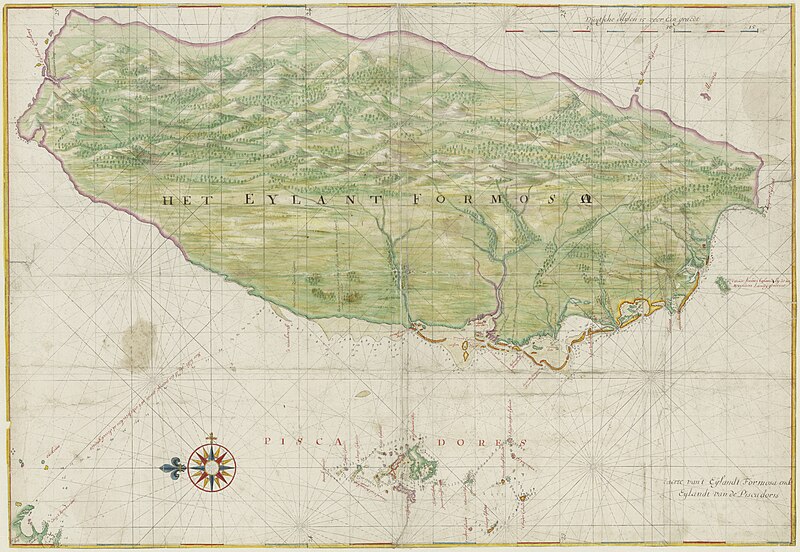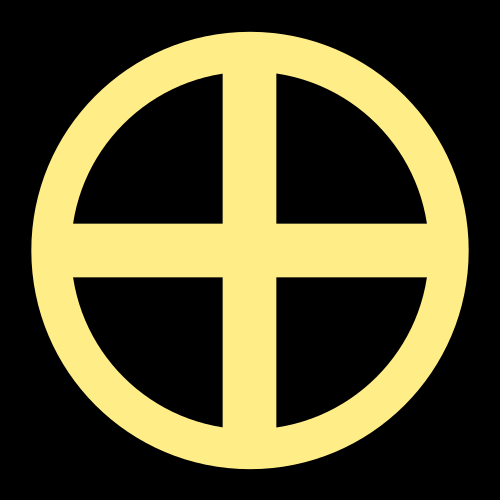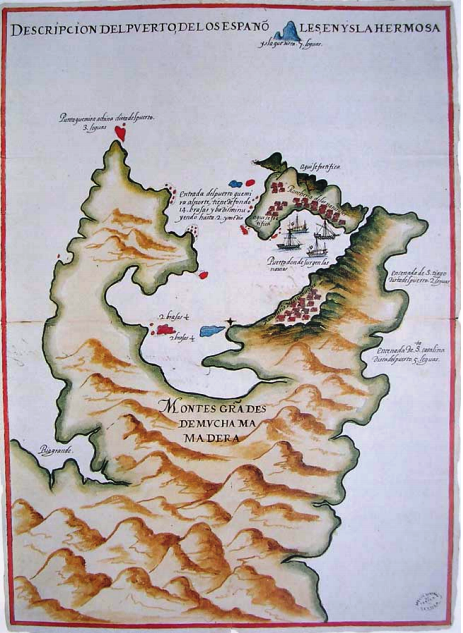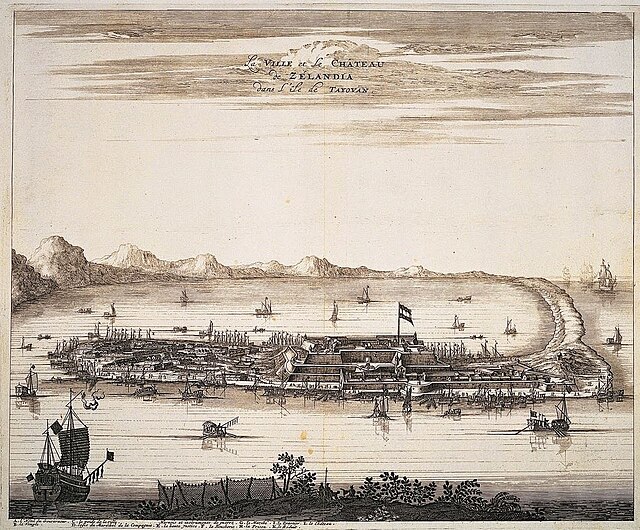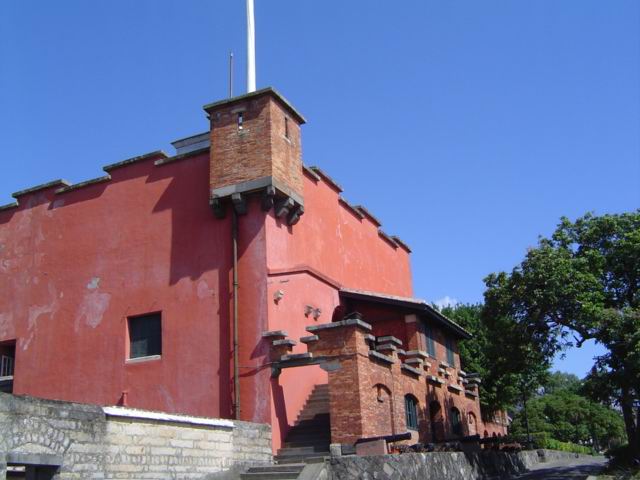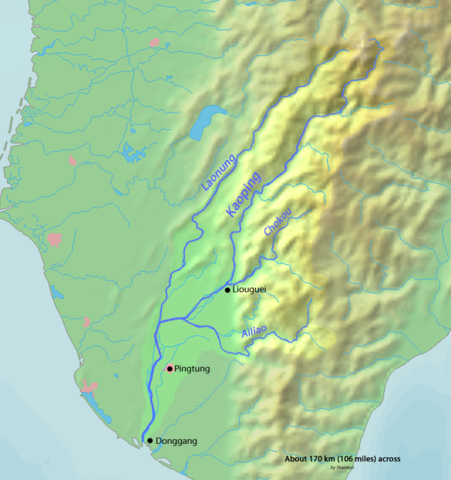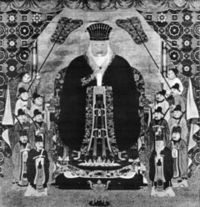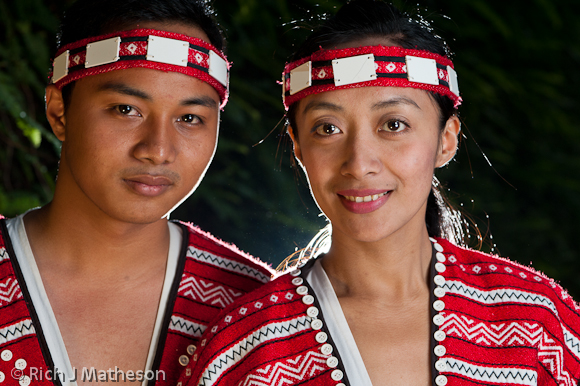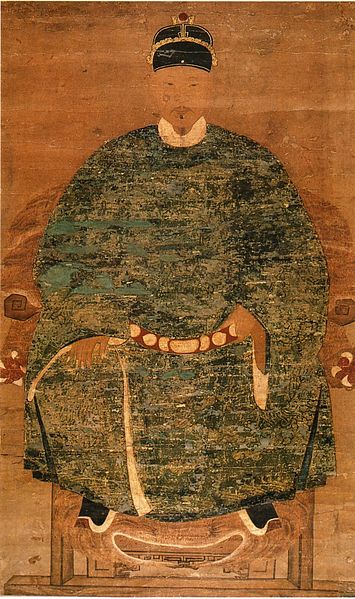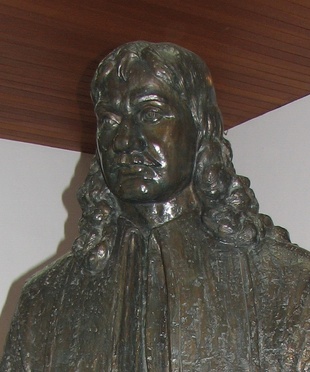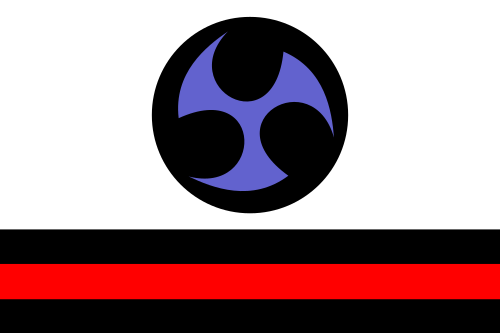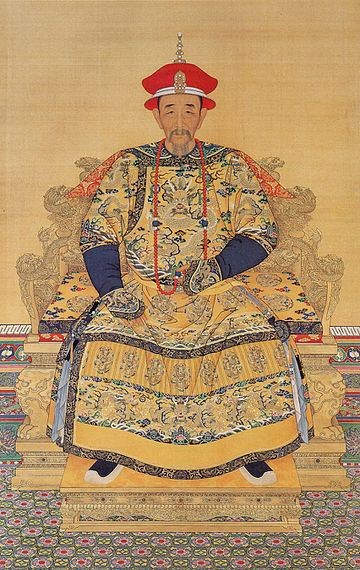A Ilha Formosa: Taiwan before 1895
This timeline is originally a post in my first TL "Filipinas: La Gloriosa y Más Allá" as the back story of Taiwan (and Penghu) before its annexation to Japan in the year 1895 as the result of the Sino-Japanese War.
This is also dedicated to fellow AH.com mosodake and his TL "Wall of Skulls", a well-written TL that was, unfortunately, discontinued.
When Japan annexed the islands of Taiwan and Penghu in the year 1895, as provisioned in the Treaty of Shimonoseki, the island has already developed a culture more or less distinct from the people living in the other side of the Strait. At that time, Taiwan was culturally divided into five distinct cultural regions: The central area, the Christianized regions (north and southwest), the southern area, and the interior and eastern areas; the region around the capital Taoyuan was considered the "melting pot" of the island.
The central part, also known as the Middag after the kingdom, was ,inhabited by mixed Han Chinese-Austronesian population, divided by language (Baboza, Popora, Hoanza, Pazeh). The Middag was well-known its interesting mix of Chinese traditional religion and animism; while worshiping Matzu, the chief deity of the Southern Chinese, the priests and shamans offered prayers to the lesser gods and spirits of the ancestors, who served as intermediaries between the goddess and the mortal world, both living and dead. This tradition was started among the Baboza in the mid-15th century.

A statue of the goddess Matsu
The Ketagalans and the Sirayas, the people who respectively lived in the north and the southwest, were Christianized in a different manner: The Ketagalans belonged to the Roman Catholic Church, thanks to the efforts of the Spanish (later Japanese and Dutch Catholic) priests; the first texts in the Ketagalan tongue was a catechism book written by the Jesuits. The Sirayas, meanwhile, were Calvinists due to the influence of the Dutch. Subsequently, the Chinese (and Ryukyuan, in case of the north), men who intermarried with Siraya/Ketagalan women not just adopted the latter's language, but also the religious beliefs of their wives.

Bible in Dutch and Siraya languages
The southern part of the island, first inhabited by the Makatao, a branch of the Siraya, was predominantly populated by the people speaking Southern Chinese languages, especially Hokkien and Hakka; while these people were mostly product of the intermarriage between the Han Chinese migrants and the Makatao, others bought their whole families to Fengshan; the west were settled by the Hoklo, while the east were inhabited by the Hakka, whose economic and cultural life centered in the towns of Meinong, Pingtung and Dongxiang.
This timeline is originally a post in my first TL "Filipinas: La Gloriosa y Más Allá" as the back story of Taiwan (and Penghu) before its annexation to Japan in the year 1895 as the result of the Sino-Japanese War.
This is also dedicated to fellow AH.com mosodake and his TL "Wall of Skulls", a well-written TL that was, unfortunately, discontinued.
Ilha Formosa
Taiwan before 1895
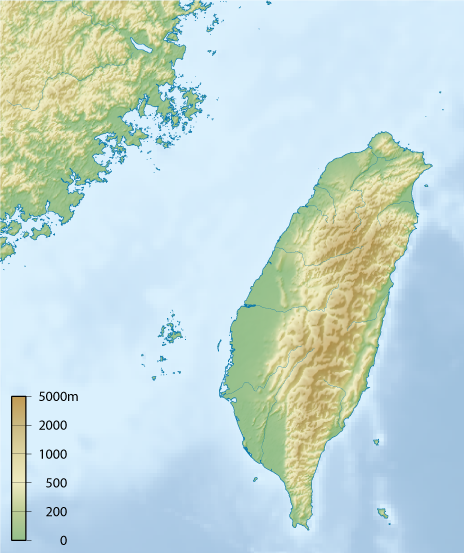
Taiwan before 1895

When Japan annexed the islands of Taiwan and Penghu in the year 1895, as provisioned in the Treaty of Shimonoseki, the island has already developed a culture more or less distinct from the people living in the other side of the Strait. At that time, Taiwan was culturally divided into five distinct cultural regions: The central area, the Christianized regions (north and southwest), the southern area, and the interior and eastern areas; the region around the capital Taoyuan was considered the "melting pot" of the island.
The central part, also known as the Middag after the kingdom, was ,inhabited by mixed Han Chinese-Austronesian population, divided by language (Baboza, Popora, Hoanza, Pazeh). The Middag was well-known its interesting mix of Chinese traditional religion and animism; while worshiping Matzu, the chief deity of the Southern Chinese, the priests and shamans offered prayers to the lesser gods and spirits of the ancestors, who served as intermediaries between the goddess and the mortal world, both living and dead. This tradition was started among the Baboza in the mid-15th century.
A statue of the goddess Matsu
The Ketagalans and the Sirayas, the people who respectively lived in the north and the southwest, were Christianized in a different manner: The Ketagalans belonged to the Roman Catholic Church, thanks to the efforts of the Spanish (later Japanese and Dutch Catholic) priests; the first texts in the Ketagalan tongue was a catechism book written by the Jesuits. The Sirayas, meanwhile, were Calvinists due to the influence of the Dutch. Subsequently, the Chinese (and Ryukyuan, in case of the north), men who intermarried with Siraya/Ketagalan women not just adopted the latter's language, but also the religious beliefs of their wives.

Bible in Dutch and Siraya languages
The southern part of the island, first inhabited by the Makatao, a branch of the Siraya, was predominantly populated by the people speaking Southern Chinese languages, especially Hokkien and Hakka; while these people were mostly product of the intermarriage between the Han Chinese migrants and the Makatao, others bought their whole families to Fengshan; the west were settled by the Hoklo, while the east were inhabited by the Hakka, whose economic and cultural life centered in the towns of Meinong, Pingtung and Dongxiang.
Last edited:
